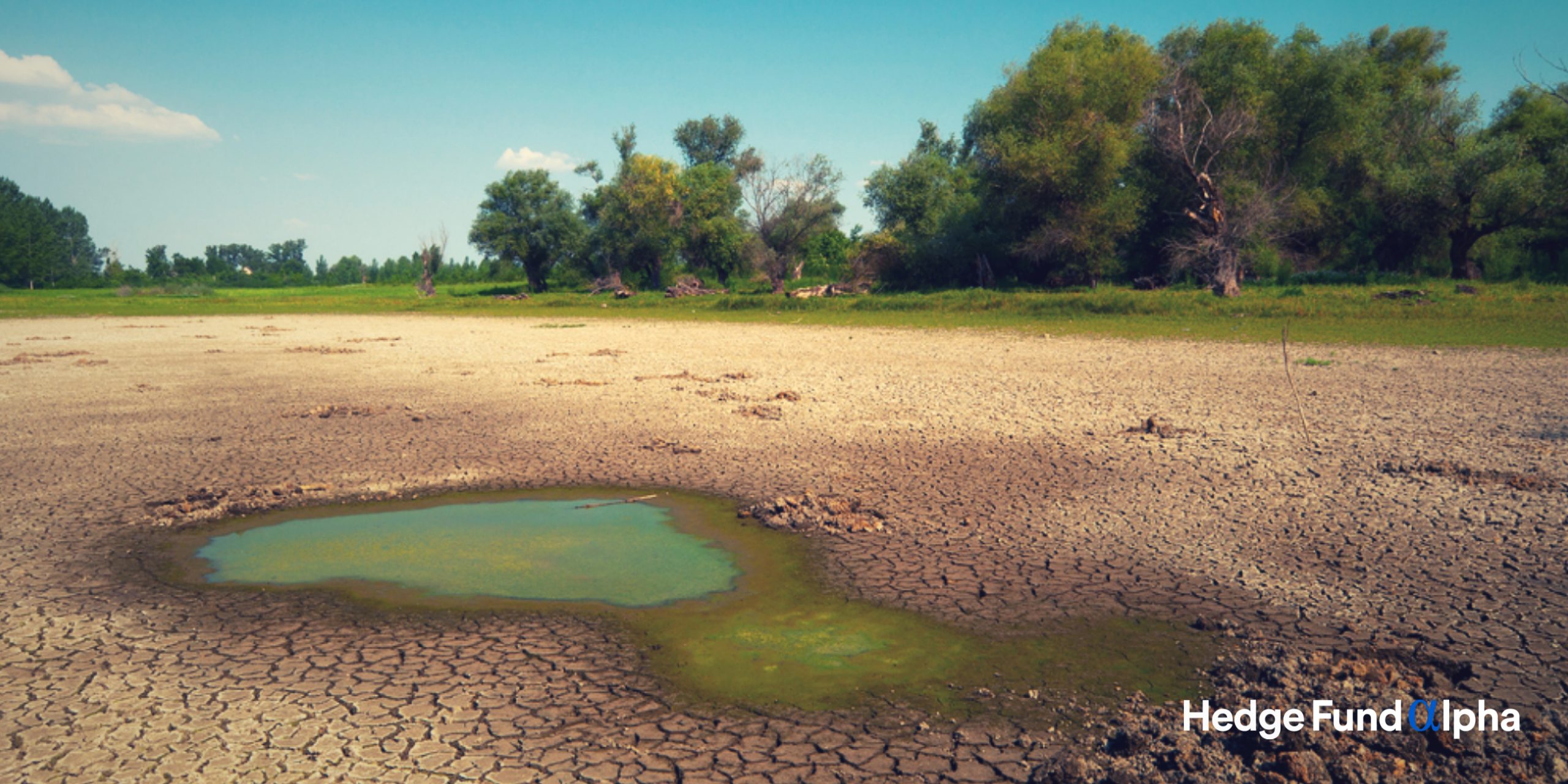S&P Global Ratings’ latest Sustainability Insights report, ‘TSMC And Water: A Case Study Of How Climate Is Becoming A Credit-Risk Factor’. The report, which is attached, looks at the potential rising credit risks on chipmakers that could result from more frequent and more intense water stress. The report uses Taiwan Semiconductor Manufacturing Co. Ltd. (TSMC) as a case study.
Key Takeaways
- We view water scarcity as a risk in the coming decade for the tech hardware industry, particularly the water-intensive semiconductor subsector. Mishandling of such a risk could hit a chipmaker’s operations and creditworthiness.
- We look at the sector leader TSMC’s risk exposure to water supply as a case study. We believe water shortage will not have a meaningful effect on the foundry’s operations and credit profile within the next three years.
- However, poor execution of water supply management could cause TSMC’s output to drop as much as 10% from our forecast for 2030, possibly harming its reputation, client relationships, and market share.
- Given TSMC’s dominance in advanced chipmaking, potential water-related disruptions to operations could disrupt the global tech supply chain.
This report aims to illustrate the potential rising credit risks on chipmakers that could result from more frequent and more intense water stress. We analyze how and why such credit risks may become more material for credit through the specific case study of the sector leader, Taiwan Semiconductor Manufacturing Co. Ltd. (TSMC).
Why it matters: Water is a critical input to the chipmaking industry. Yet continued access to the resource may increasingly become challenging if droughts and water shortages are more frequent.
What we think and why: Water security will be an increasingly important factor to semiconductor firms’ credit profiles. Mishandling of water resources could disrupt a firm’s operations, hurt financial performance, and potentially hit customer relationships. By extension, any potential disruption in production may impact their end-markets given the generally integrated semiconductor supply chain.
Climate change is testing chipmakers. Semiconductor firms’ water consumption is rising, both absolutely and on a per-unit basis, as processing technology advances. Meanwhile, climate change is raising the rate of extreme weather, the frequency of drought, and the volatility of precipitation, limiting chipmakers’ ability to manage production stability.
S&P Global Ratings believes that water security will be an increasingly important factor to semiconductor firms’ credit profiles. While most firms have been adept at managing the problem till now, the growing severity and frequency of water shortages may overwhelm entities’ contingency planning.

The semiconductor sector is on track to increase water consumption by a mid to high-single-digit percent each year, driven by capacity expansion and the demands of advancing process technology. Globally, chipmakers already consume as much water as Hong Kong, a city of 7.5 million [1].
Read the full report here by S&P Global Ratings

